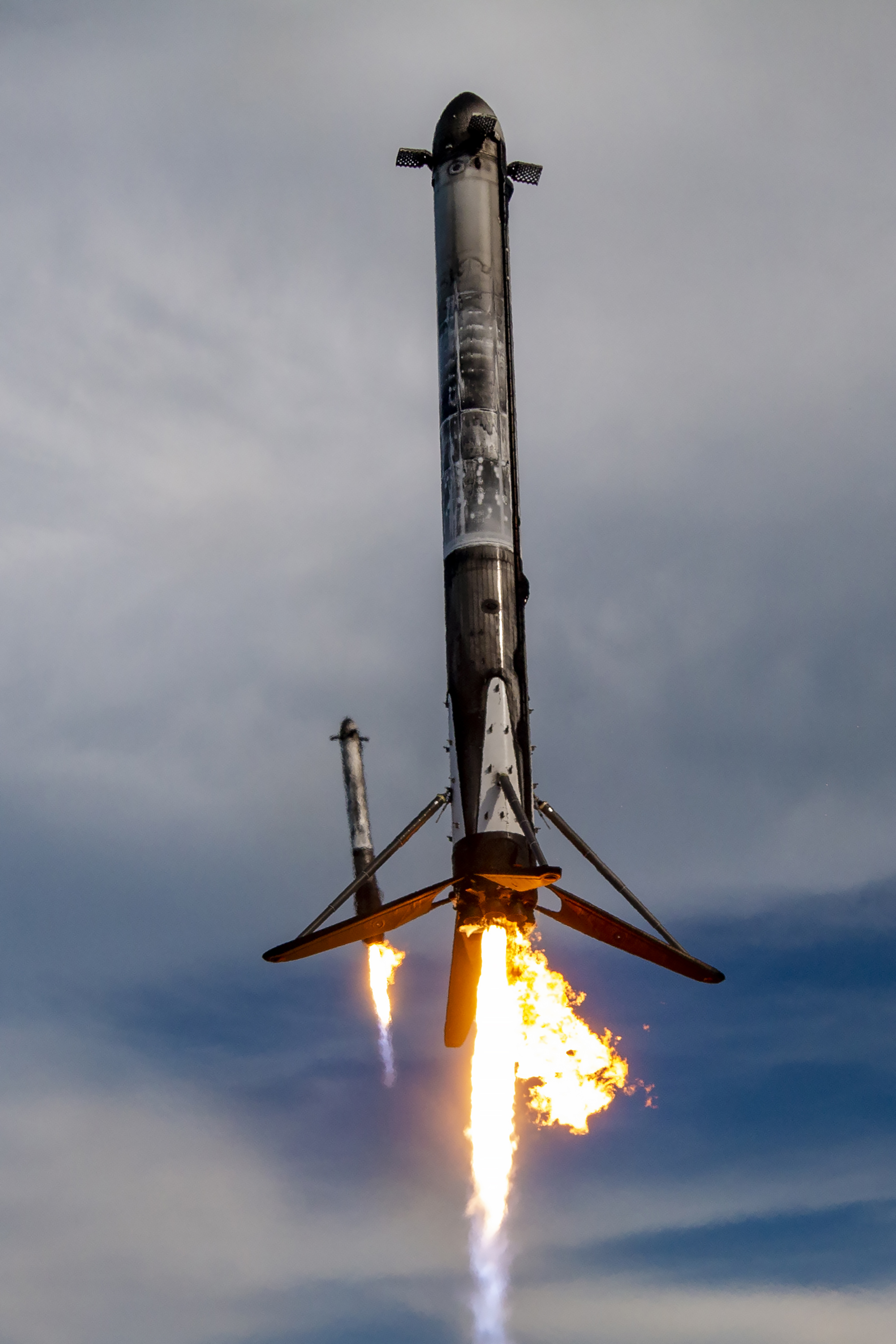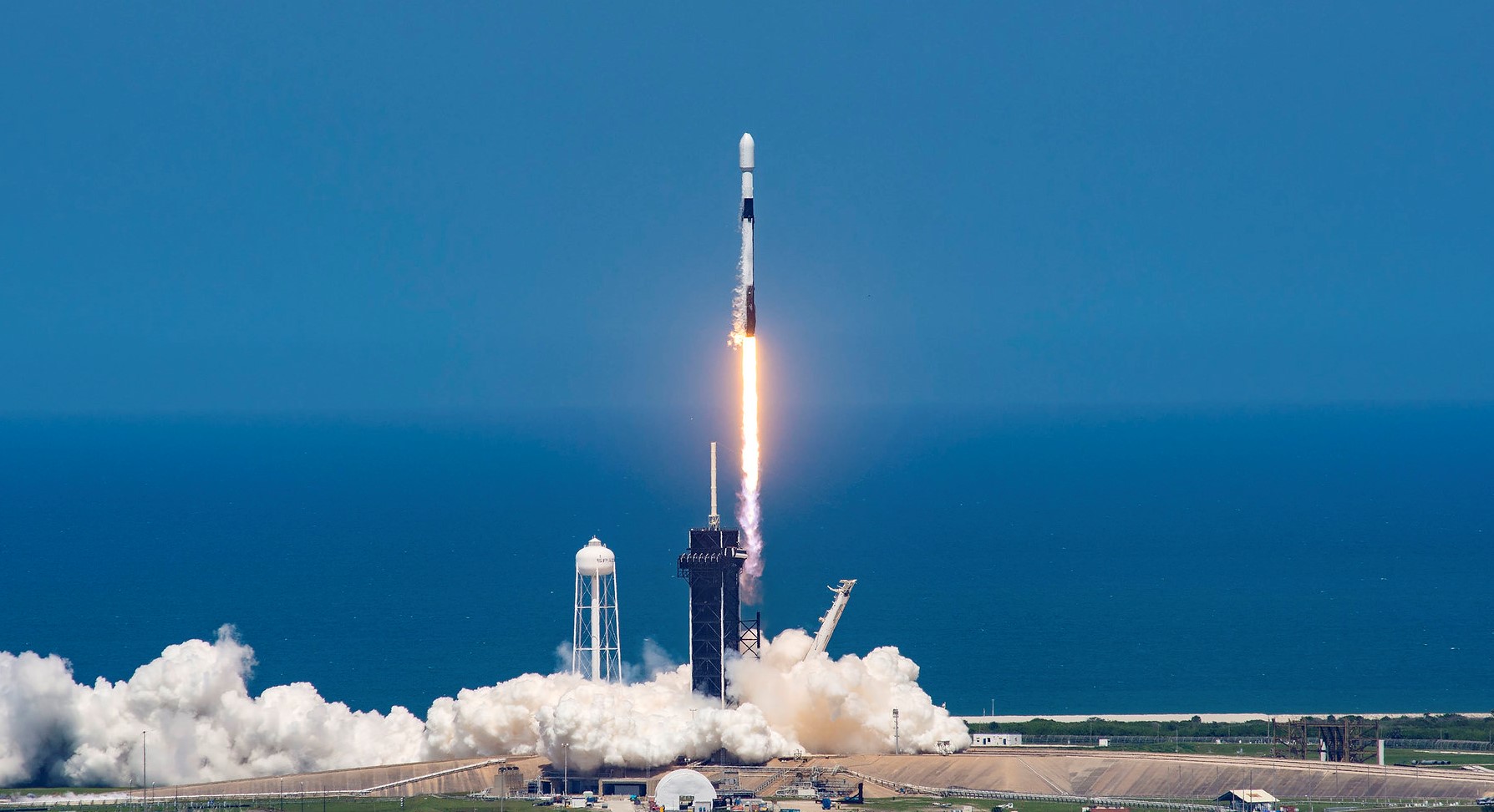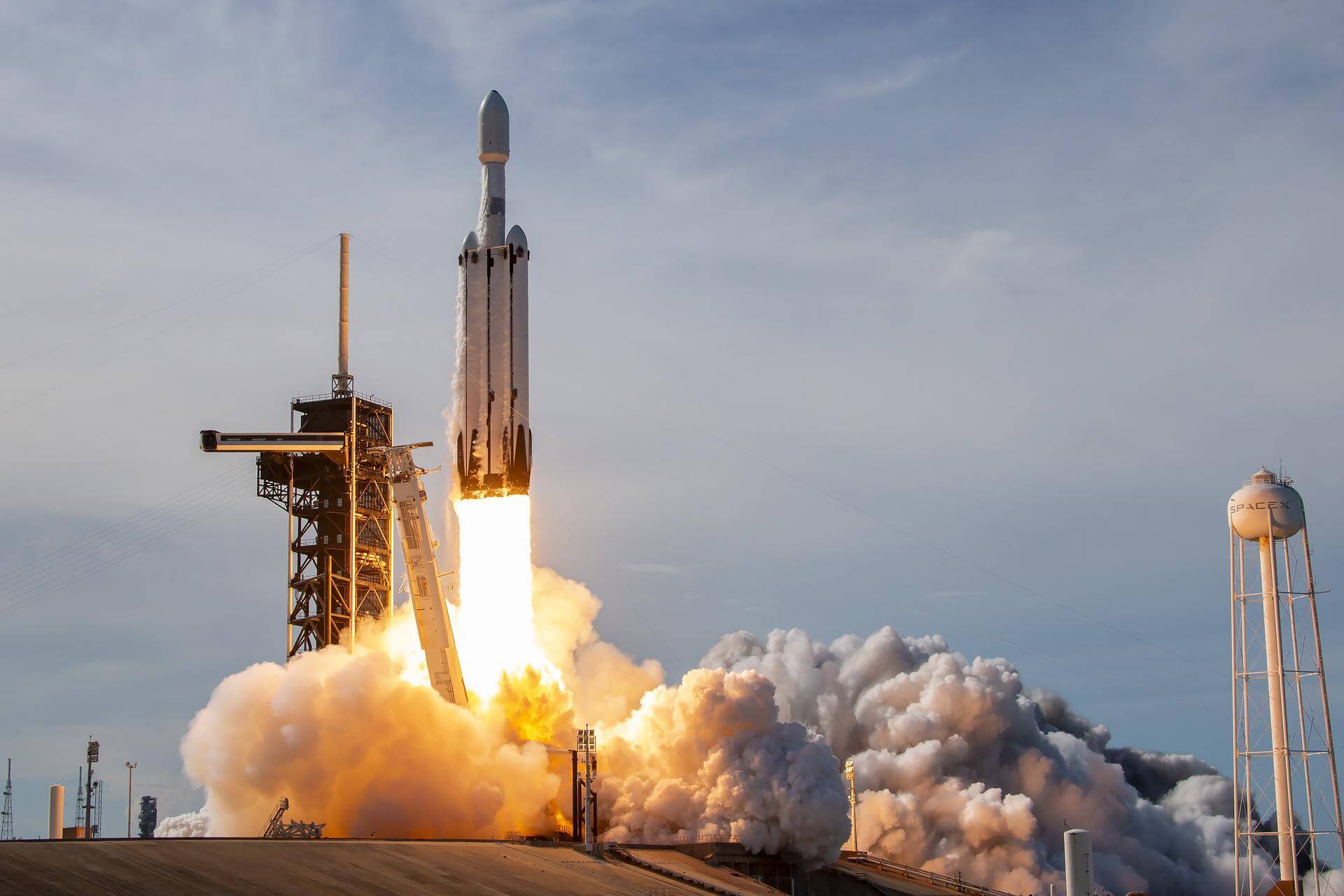
Falcon 9 - B1086
Details
Status - Lost
Falcon 9 booster that started out as a Falcon Heavy side booster flown during the GOES-U mission. Written off on 3 March 2025 after safely landing aboard JRTI due to post-landing aft end fire damaging one of the landing legs and tipping it overboard.
Falcon 9 Block 5 | Starlink Group 12-20
SpaceX | United States of AmericaCape Canaveral SFS, FL, USA
March 3, 2025, 2:24 a.m.
Falcon 9 Block 5 | WorldView Legion 5 & 6
SpaceX | United States of AmericaKennedy Space Center, FL, USA
Feb. 4, 2025, 11:13 p.m.
Status: Launch Successful
Mission:
WorldView Legion is a constellation of Earth observation satellites built and operated by Maxar. Constellation is planned to consist of 6 satellites in both polar and mid-inclination orbits, providing 30 cm-class resolution.
Low Earth Orbit B1086 - Flight Proven ( ) Landing Zone 1Falcon 9 Block 5 | Starlink Group 12-11
SpaceX | United States of AmericaKennedy Space Center, FL, USA
Jan. 8, 2025, 3:27 p.m.
Falcon 9 Block 5 | Starlink Group 12-5
SpaceX | United States of AmericaCape Canaveral SFS, FL, USA
Dec. 8, 2024, 5:12 a.m.
Falcon Heavy | GOES-U
SpaceX | United States of AmericaKennedy Space Center, FL, USA
June 25, 2024, 9:26 p.m.
Status: Launch Successful
Mission:
The Geostationary Operational Environmental Satellite-U (GOES-U) is the fourth of the next generation of geostationary weather satellites, known as the GOES-R series. The four satellites of the series provide advanced imaging with increased spatial resolution and faster coverage for more accurate forecasts, real-time mapping of lightning activity, and improved monitoring of solar activity. Once GOES-U reaches orbit, it will be renamed GOES-19.
Geostationary Transfer Orbit B1072 - Maiden Flight Landing Zone 1 B1086 - Maiden Flight Landing Zone 2 B1087 - Maiden Flight Atlantic OceanKinetica 1
Chutian-2 01 & 02
Launch Area 130 - Jiuquan Satellite Launch Center, People's Republic of China2 satellites built by the China Aerospace Science and Industry Corporation (CASIC) for testing operations of Very Low Earth Orbit (VLEO) satellites f…
Long March 11
Shiyan 32 01-03
Oriental Spaceport mobile launch ship - Sea Launch3 Chinese satellites reported to be for "orbital technological testing" purposes. Actual usage not known.
Falcon 9
Starlink Group 11-14
Space Launch Complex 4E - Vandenberg SFB, CA, USAA batch of 28 satellites for the Starlink mega-constellation - SpaceX's project for space-based Internet communication system.
Falcon 9
Starlink Group 6-81
Space Launch Complex 40 - Cape Canaveral SFS, FL, USAA batch of 29 satellites for the Starlink mega-constellation - SpaceX's project for space-based Internet communication system.
Electron
The Nation God Navigates (iQPS Launch 5)
Rocket Lab Launch Complex 1B - Rocket Lab Launch Complex 1, Mahia Peninsula, New ZealandSynthetic aperture radar Earth observation satellite for Japanese Earth imaging company iQPS.




